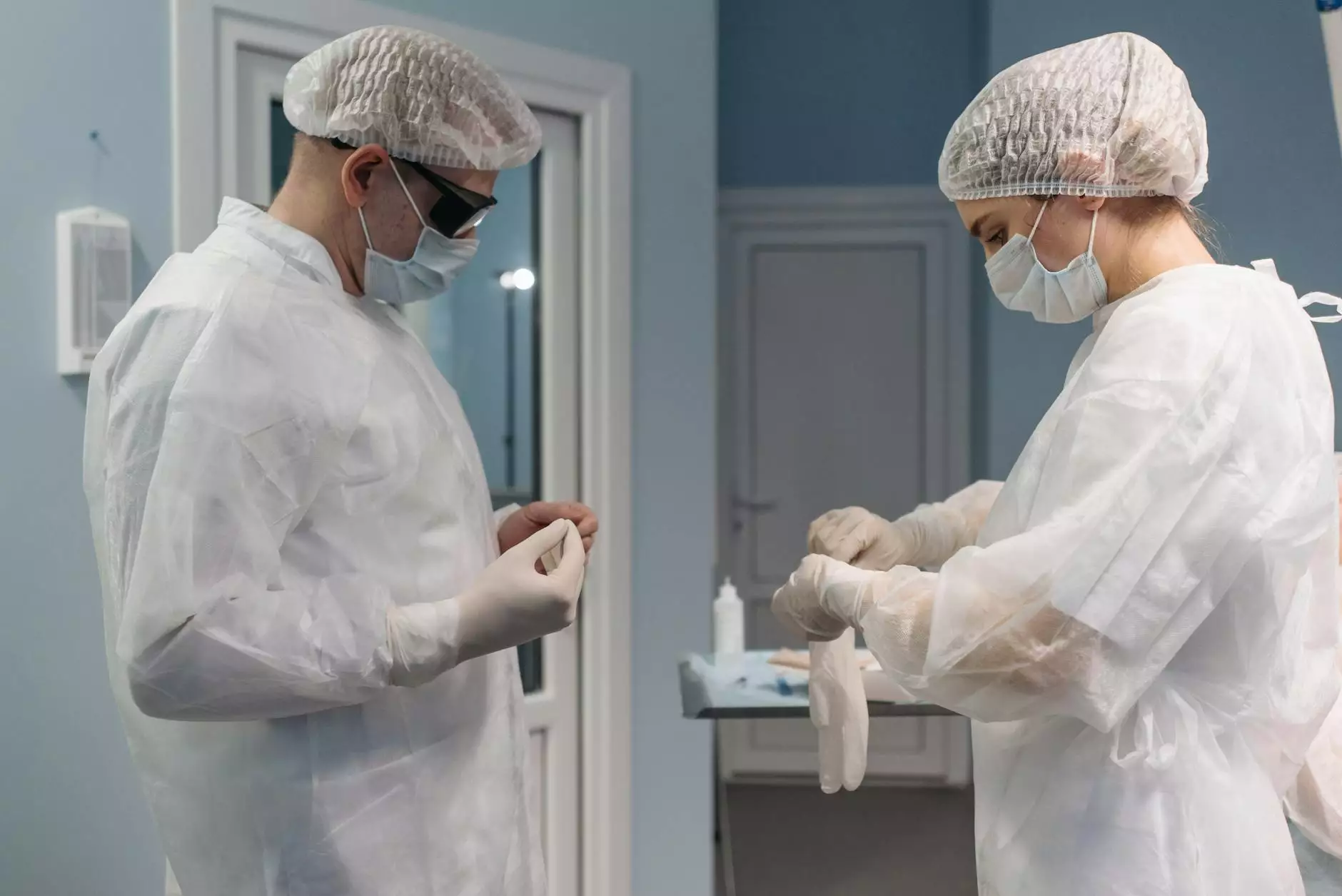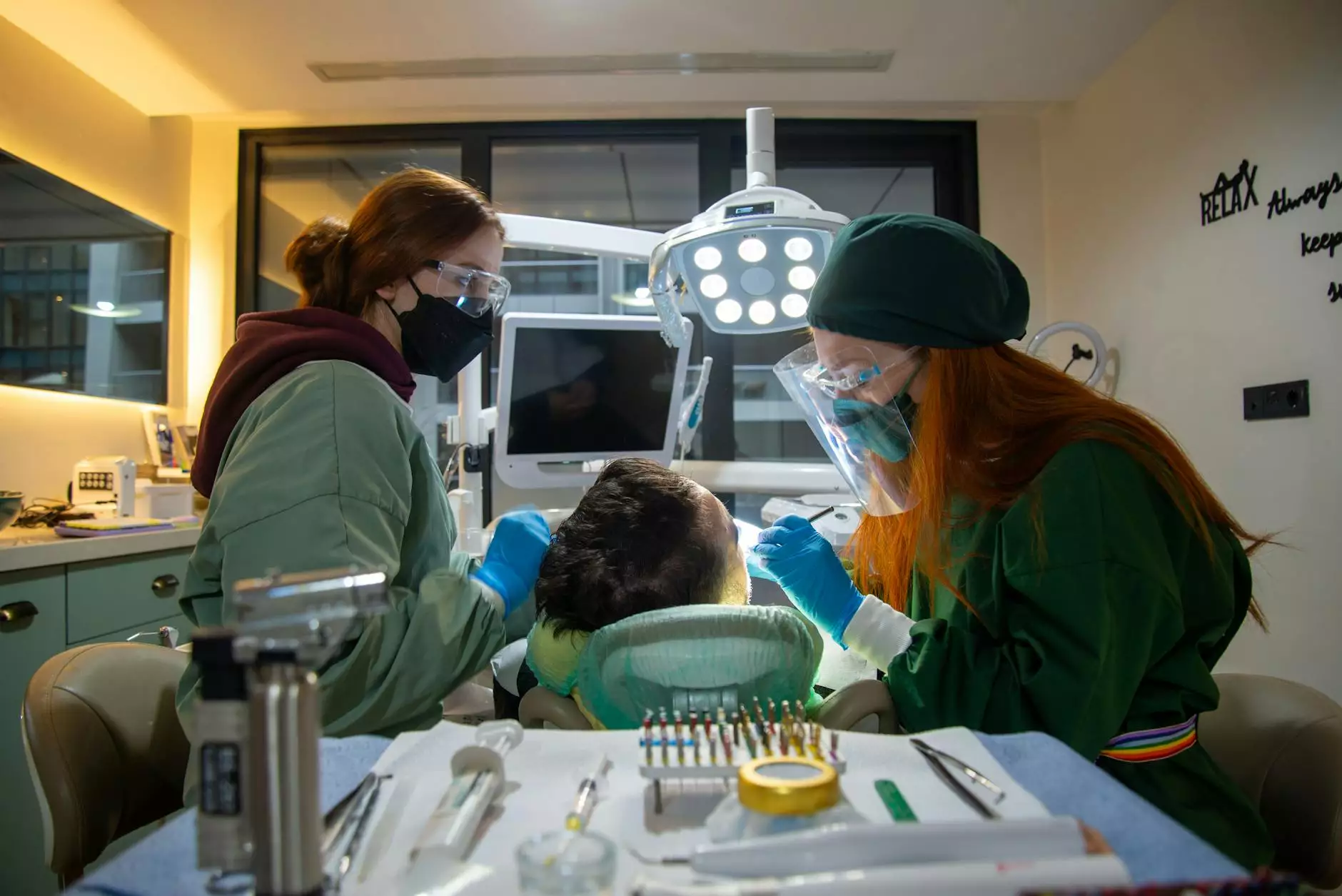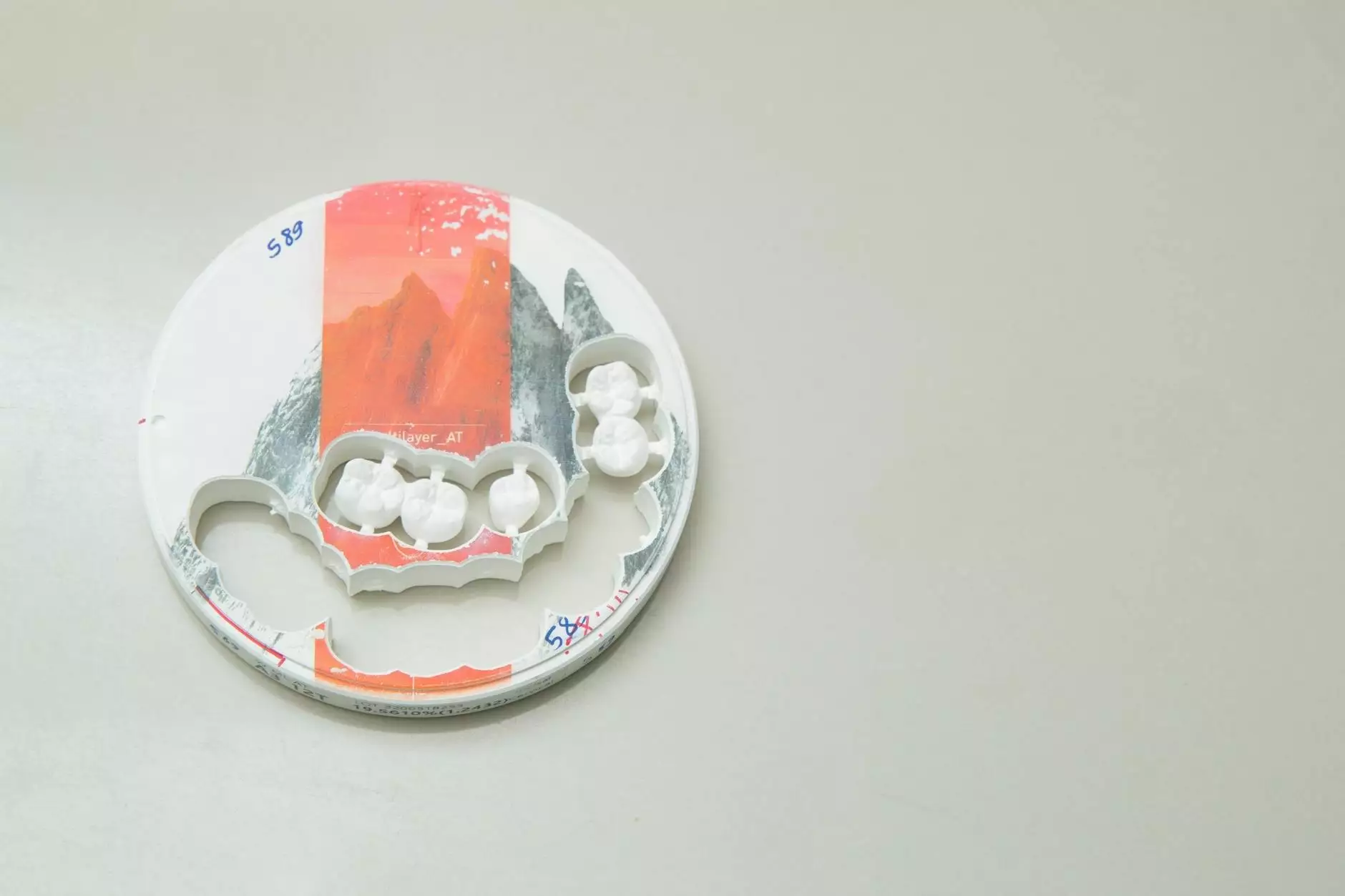Understanding Salpingo Oophorectomy Surgery

Salpingo oophorectomy surgery is a specialized medical procedure involving the removal of the fallopian tubes and ovaries. This surgery is often indicated in various medical conditions, including cancer, endometriosis, or persistent ovarian cysts. Understanding the nuances of this operation can empower patients to make informed decisions about their reproductive health.
What is Salpingo Oophorectomy Surgery?
Salpingo oophorectomy combines two surgical procedures: salpingectomy, which is the removal of the fallopian tubes, and oophorectomy, the removal of one or both ovaries. This combined procedure is often performed when women face serious health concerns.
Indications for Surgery
- Ovarian Cancer: This is one of the primary reasons for performing a salpingo oophorectomy. When cancer is present, removing the ovaries can significantly lower the risk of cancer spreading.
- Endometriosis: In cases where endometriosis has caused significant pain or complications, this surgery may be recommended to remove affected tissues.
- Ovarian Cysts: Large, painful, or problematic ovarian cysts that do not resolve can necessitate this operation.
- Genetic Predisposition: Women with BRCA mutations may opt for this preventive measure to significantly reduce their risk of breast and ovarian cancers.
Types of Salpingo Oophorectomy
There are two main types of salpingo oophorectomy, each suitable for different medical conditions and patient preferences.
Unilateral Salpingo Oophorectomy
This involves the removal of one ovary and one fallopian tube. It is often performed when only one side is affected by disease or complications, allowing the other ovary to remain functional.
Bilater Salpingo Oophorectomy
This approach entails the removal of both ovaries and both fallopian tubes. This option is generally indicated in more severe cases, such as bilateral ovarian cancer or in cases where both ovaries display significant disease.
Understanding the Procedure
Salpingo oophorectomy surgery can be performed through different techniques, primarily open surgery and laparoscopic surgery.
Laparoscopic Surgery
This minimally invasive technique involves small incisions and the use of a camera (laparoscope) to guide the surgeon. Some advantages include:
- Less Pain: Reduced trauma leads to lower postoperative pain.
- Quicker Recovery: Patients typically have shorter hospital stays and quicker overall recovery times.
- Minimal Scarring: Smaller incisions mean less visible scarring.
Open Surgery
In cases requiring more extensive intervention, traditional open surgery may be necessary. This involves a larger incision and might be indicated for:
- Large Masses: When the surgical area is difficult to navigate due to larger masses.
- Complicated Cases: If there are existing complications such as excessive adhesion or infection.
The Risks Associated with Salpingo Oophorectomy Surgery
As with any medical procedure, potential risks are associated with salpingo oophorectomy. These risks include but are not limited to:
- Infection: Like any surgical procedure, there is a risk of postoperative infection
- Bleeding: Internal bleeding can occur if blood vessels are damaged during the surgery.
- Damage to Surrounding Organs: There is potential for injury to nearby organs or structures during surgery.
- Hormonal Changes: In cases of bilateral salpingo oophorectomy, women will enter menopause earlier, leading to various symptoms.
Recovery After Salpingo Oophorectomy
Recovery times vary based on the type of procedure performed and individual patient circumstances. Here's what to expect:
Postoperative Care
- Pain Management: Pain medications will usually be prescribed to manage discomfort.
- Activity Level: Patients are advised to gradually return to normal activities, avoiding heavy lifting or strenuous exercise for several weeks.
- Follow-Up Appointments: Regular check-ups are essential to monitor recovery.
Long-Term Health Implications
Women who undergo salpingo oophorectomy surgery face unique long-term health considerations, especially post-bilateral surgery. These include:
- Menopausal Symptoms: Sudden cessation of ovarian function can lead to menopause symptoms if both ovaries are removed.
- Hormone Replacement Therapy (HRT): Discussing HRT options with a healthcare provider can help mitigate menopausal effects.
- Risk Awareness: Patients need to stay vigilant regarding their health and future potential risks linked to their reproductive health.
Expert Insights from DrSeckin.com
At DrSeckin.com, our focus is on empowering patients with knowledge and support. With specialist teams dedicated to women's health, our expertise extends from pre-operative evaluations to postoperative care. We recommend considering genetic counseling for those with a family history of ovarian or breast cancers, as early intervention can save lives.
Conclusion
In conclusion, understanding salpingo oophorectomy surgery is vital for women facing difficult health decisions related to their reproductive systems. With advances in medical technology, information, and care, patients can engage in well-informed discussions with their healthcare providers about the best path forward. At DrSeckin.com, we're committed to providing comprehensive support and knowledge for every woman's health journey.
Further Reading
For more insights and information on women's health, please explore the following topics:
- Ovarian Cancer Treatment Options
- Understanding Endometriosis
- The Need for Genetic Counseling









